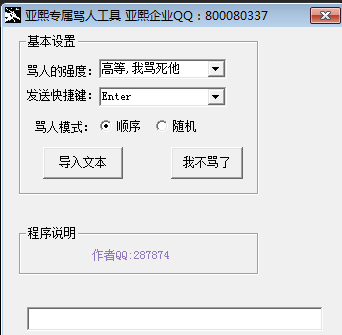什么是Python中Iterator和"Lazy Iterator"的区别?
时间:2023-05-10 09:12
在 Python 中,迭代器是一个对象,它使你能够遍历一个值的序列,如一个列表或元组。它通过实现两个方法来工作: __iter__() 和 __next__()。__iter__() 方法返回迭代器对象本身,而 __next__() 方法返回序列中的下一个值。当没有更多的值可以返回时,它会引发一个 StopIteration 异常。 在 Python 中,iter() 是一个内置函数,它为一个给定的可迭代对象返回一个迭代器。 一个可迭代的对象是任何可以被循环的对象,如列表、元组、集合、字典或定义了 __iter__() 方法的自定义对象。 当对一个可迭代对象调用 iter() 时,它返回一个迭代器对象,使用 next() 方法从可迭代对象中一次提供一个数值序列。 iter()函数通常与循环和其他迭代器一起使用,以执行过滤、映射和减少一个序列的元素等任务。 一个 "懒惰迭代器 "是一个特殊类型的迭代器,它不会预先生成序列中的所有值。相反,它在需要的时候生成它们。当处理非常大的或无限大的序列时,这很有用,因为它避免了一次生成所有的值和消耗大量的内存。 在Python中,懒惰迭代器经常使用生成器函数来实现(生成器是使用yield关键字的函数),一次返回一个值。每次请求一个值的时候,生成器就在它离开的地方继续工作,并生成序列中的下一个值。 以上就是什么是Python中Iterator和"Lazy Iterator"的区别?的详细内容,更多请关注Gxl网其它相关文章! 标准自定义的iterator :
class Squares: def __init__(self, n): self.n = n self.current = 0 def __iter__(self): return self def __next__(self): if self.current >= self.n: raise StopIteration else: result = self.current ** 2 self.current += 1 return result # Using the iteratorsquares = Squares(5)for square in squares: print(square)
用iter()函数创建的迭代器:
numbers = [1, 2, 3, 4, 5]iterator = iter(numbers) print(next(iterator)) # Output: 1print(next(iterator)) # Output: 2print(next(iterator)) # Output: 3
lazy iterator :
# Define a generator function that yields values lazilydef fibonacci(): a, b = 0, 1 while True: yield a a, b = b, a + b # Use the lazy iterator to print the first 10 Fibonacci numbersfib = fibonacci()for i in range(10): print(next(fib))



























